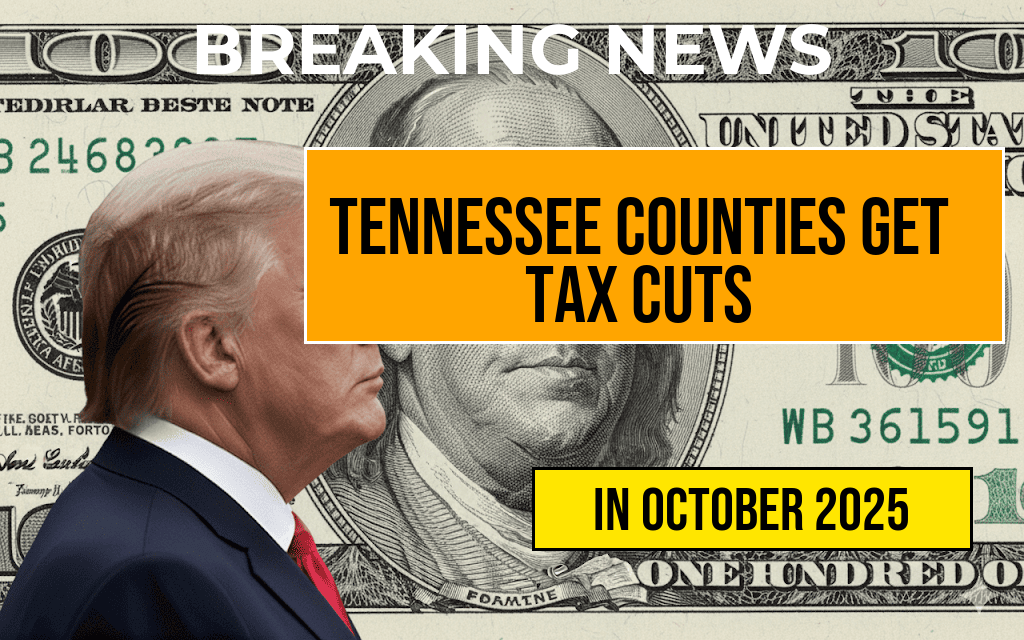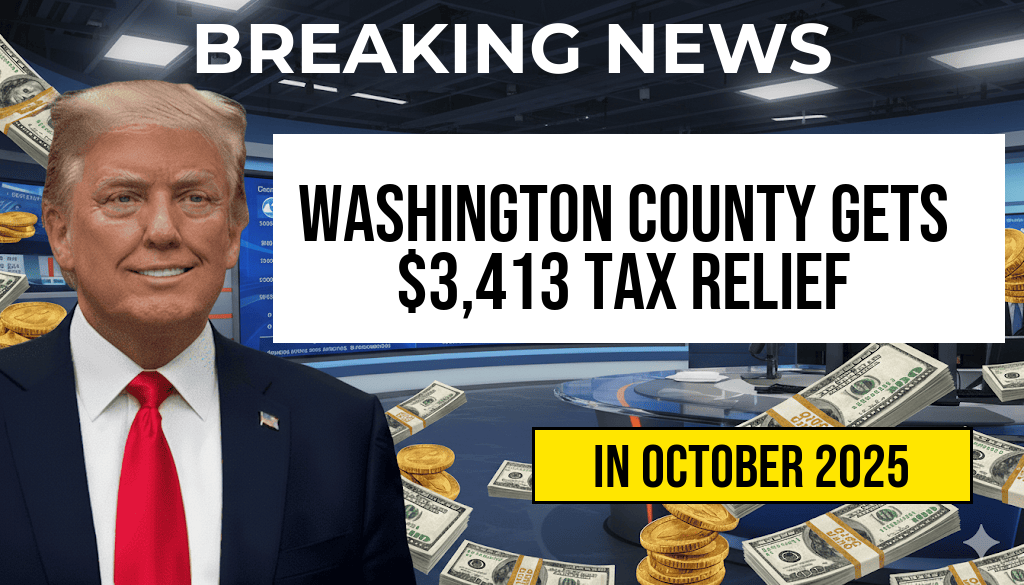Under a new legislative measure approved by Tennessee lawmakers, residents across multiple counties are set to benefit from significant property tax reductions, with average cuts amounting to approximately $4,143 and $4,177. The legislation aims to ease the tax burden for homeowners and stimulate local economies by providing targeted relief. The initiative, which received bipartisan support, reflects efforts to balance fiscal responsibility with community needs. The tax cuts are projected to impact counties differently based on local assessments and budgets, but collectively, they mark one of the most substantial tax relief packages in recent Tennessee history.
Details of the Legislation and Affected Counties
Scope and Funding of the Tax Cuts
The legislation, passed by the Tennessee General Assembly and signed into law by Governor Bill Lee, allocates approximately $300 million in state funds to support property tax reductions. The program primarily targets residential property owners, with the goal of providing immediate relief in areas where property values have risen sharply over the past few years. The funds are distributed directly to county governments, allowing local officials to implement the reductions according to state guidelines.
Counties Receiving the Largest Reductions
| County | Average Tax Cut | Population (2023) |
|---|---|---|
| Davidson County | $4,177 | 690,000 |
| Shelby County | $4,143 | 937,000 |
| Knox County | $4,150 | 470,000 |
| Hamilton County | $4,165 | 370,000 |
Overall, counties with rapidly appreciating property values are expected to see the most significant reductions, aligning with the legislation’s emphasis on providing relief where property assessments have increased substantially.
Impact on Homeowners and Local Economies
Homeowner Benefits and Eligibility
The tax cuts are designed to reduce the annual property tax bills for eligible homeowners, with the average savings estimated at over $4,100. Homeowners in counties with the highest increases in property values are expected to see the most pronounced benefits. To qualify, residents must meet certain criteria, including primary residency status and property value caps, which vary slightly by county.
- Eligible homeowners will receive direct reductions on their property tax bills starting in the upcoming fiscal year.
- The legislation prioritizes low- and middle-income households to maximize impact across diverse communities.
- Property owners are encouraged to review their assessments and consult local tax offices for precise figures.
Potential Effects on Local Budgeting and Services
While the tax relief is expected to ease financial pressures on homeowners, it also prompts concerns about potential reductions in local government revenue. Officials from several counties have indicated plans to adjust budgets accordingly, possibly affecting funding for public safety, education, and infrastructure projects. However, supporters of the legislation argue that the boost in disposable income for residents could stimulate local economies through increased consumer spending.
Political and Community Reactions
Support from Lawmakers and Advocacy Groups
Legislators from both major parties have lauded the measure as a necessary step to address rising living costs and housing affordability. State Senator Jane Doe remarked, “This legislation provides tangible relief to families feeling the squeeze of increasing property values. It’s a responsible approach to ensuring our communities remain affordable.” Advocacy groups focusing on housing affordability have also welcomed the initiative, emphasizing its potential to prevent displacement and promote economic stability.
Criticism and Concerns
Nevertheless, some critics warn that the reductions could strain local budgets and lead to cuts in essential services. Local officials in less affluent counties have voiced apprehension about the long-term fiscal sustainability of the program, urging for careful monitoring and possible adjustments in future years. Additionally, there is ongoing debate about whether the relief adequately reaches the most vulnerable residents, especially those in rental properties or facing housing insecurity.
Looking Ahead
The implementation of the new tax cuts begins with the upcoming fiscal year, with affected counties expected to finalize assessment adjustments in the coming months. Officials are also exploring complementary measures, such as targeted assistance programs and affordable housing initiatives, to reinforce the benefits of the legislation. As the program rolls out, data collection and feedback from residents will inform potential refinements to maximize its positive impact on Tennessee communities.
For further details on property tax policies and legislative updates, visit the Wikipedia page on Tennessee property taxes or the Forbes website.
Frequently Asked Questions
What is the main purpose of the new legislation in Tennessee?
The main purpose of the new legislation is to provide tax cuts to Tennessee counties, resulting in reductions of $4,143 and $4,177 for eligible areas.
Which counties in Tennessee will benefit from the tax cuts?
The legislation targets specific Tennessee counties, which will receive the tax reductions of $4,143 and $4,177, although the exact counties are detailed in the legislation.
How will these tax cuts impact local residents and businesses?
The tax cuts are expected to reduce the tax burden on local residents and businesses, potentially encouraging economic growth and increasing disposable income within the affected counties.
When will the tax cuts take effect?
The tax reductions are scheduled to take effect following the implementation of the new legislation, with specific dates depending on the legislative process and local government approval.
Are there any conditions or eligibility criteria to receive these tax cuts?
Eligibility for the tax cuts depends on county-specific criteria outlined in the legislation, which may include factors like population size, economic status, or other local considerations.






